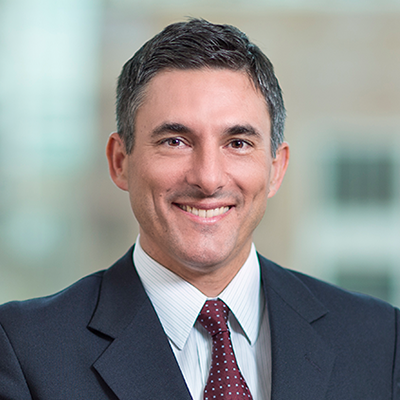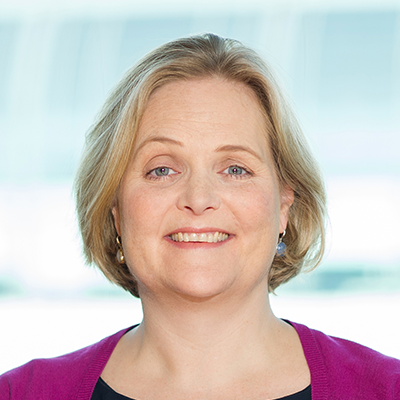Economic Outlook Roundtable
The global economic recovery looks set to continue in 2022, but a number of risks remain—from tangled supply chains to lingering price pressures. Join our panel of experts as they explore these issues from both the "top-down" and "bottom-up.”
Christopher: While there are still plenty of uncertainties and unknowns ahead, the pandemic seems more contained in developed markets versus a year ago. Alexandra, talk us through the patterns in developed and emerging markets in terms of the rollout of vaccines and the risks that we may see further lockdowns.
Alexandra: In the absence of the emergence of a new variant that has significantly higher levels of immune escape, we believe the risk of extensive and prolonged lockdowns in developed markets is still fairly low, as we now have a relatively high percentage of populations vaccinated. The picture in emerging markets is less clear. We have enough capacity in 2022 to vaccinate the world, but there are some bottlenecks in terms of distributions and getting jabs into arms. In markets where the virus has been spreading for some time, we’re reaching some form of herd immunity.
Christopher: Ricardo, what do you think about the momentum going into next year for global demands as governments consider withdrawing their support both on the monetary and fiscal side?
Ricardo: The U.S. Federal Reserve (Fed) has said they have effectively met the inflation objective of the dual mandate, so we are going into 2022 with self-sustaining growth, which is very good for the global economy and the emerging market space. But at the same time, we’re having some retrenchment of monetary accommodation. Indications from key policy makers, especially in the developed world, suggest accommodation will not be withdrawn drastically, which could give emerging markets time to either fully vaccinate or make significant progress in the battle against COVID like the developed markets have.
Another positive, and one that tends to be overlooked, is global trade is growing quite briskly after lagging from 2008 through 2020, which is supportive of both the world economy and emerging markets.




